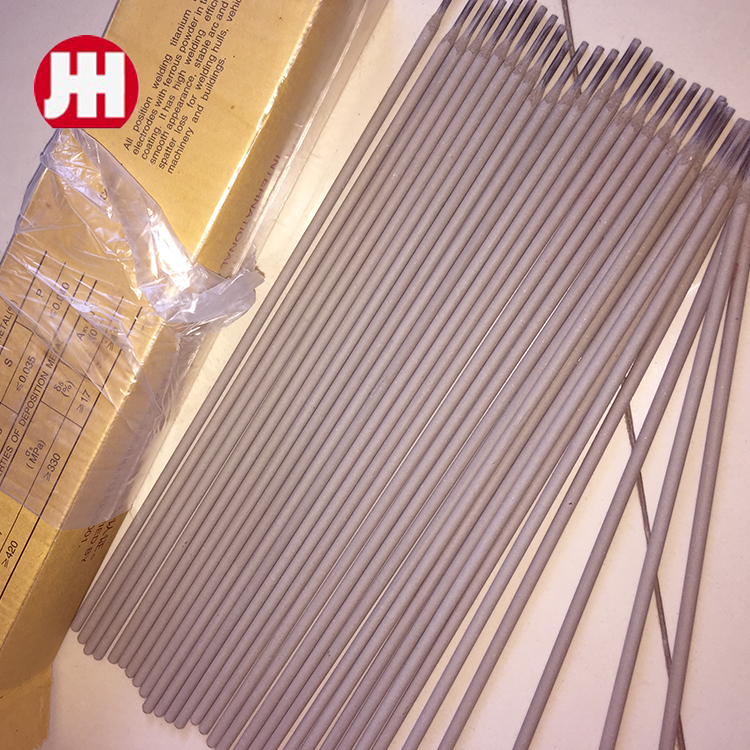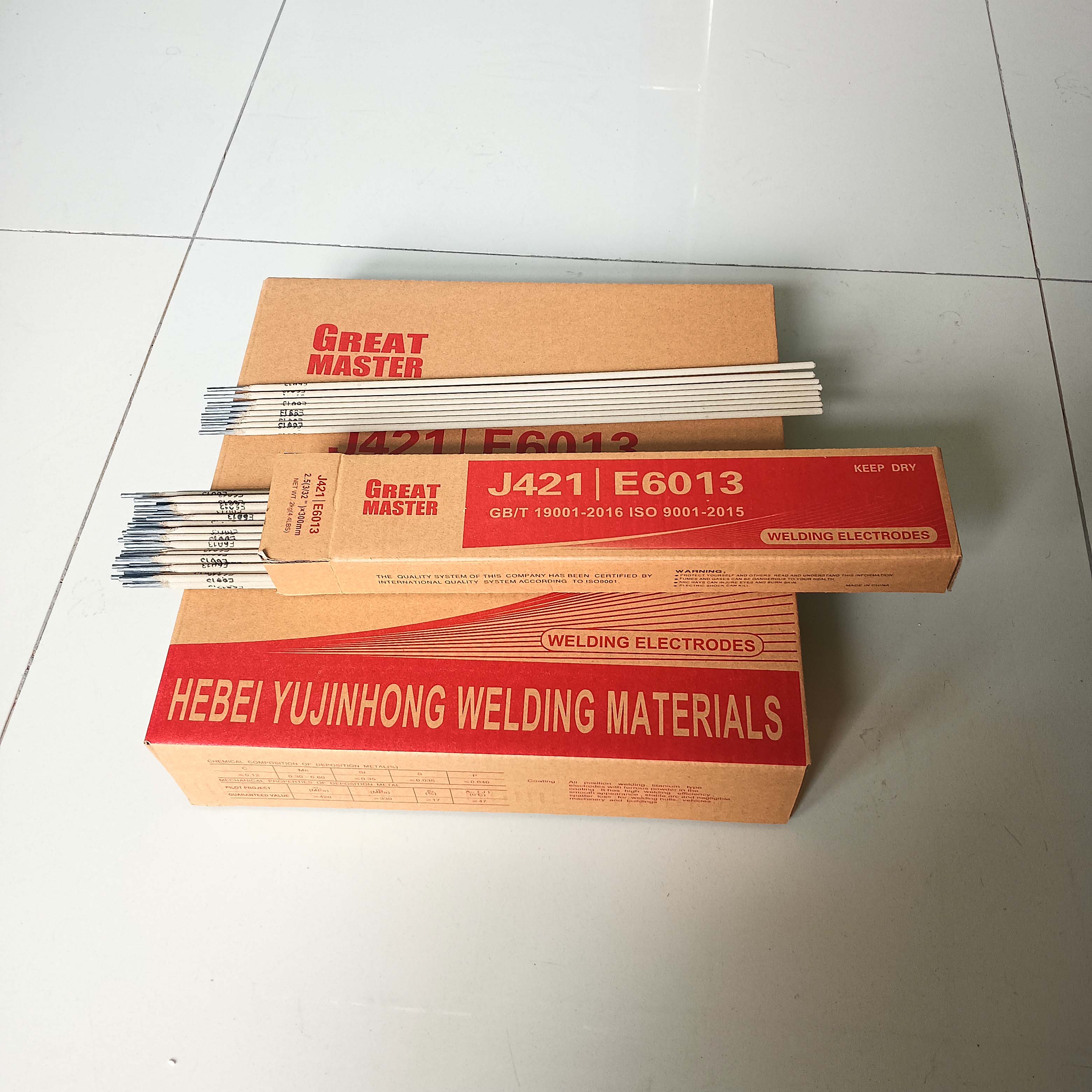carbon steel welding electrode
Selecting the right welding electrode is crucial for ensuring high-quality welds, enhancing efficiency, and achieving desired mechanical properties. The electrode serves as a critical component in the welding process, acting as a filler and conductor for the electric arc that melts the base metals. For professionals in the field, understanding the nuances of electrode selection can drastically improve the outcome of their projects.

Welding electrodes can be categorized into various types based on the material, coating, and application. Among these, the most widely used are Shielded Metal Arc Welding (SMAW) electrodes, commonly known as stick electrodes. SMAW electrodes come in different compositions, such as E6010, E6011, E6013, E7018, each designated by its unique properties and applications.
E6010 electrodes are ideal for deep penetration welding, particularly in pipe welding situations. Their fast-freezing characteristic makes them perfect for vertical and overhead positions, ensuring strong and durable welds in intricate project requirements. E6011, sharing similarities with E6010, offers additional flexibility by delivering satisfactory results on AC and DC currents, bolstering versatility in different setups.

On the other hand, E6013 electrodes are known for their smooth arc and ease of use, making them suitable for thin metal sheets and light-structural work. These electrodes excel in aesthetic finishes, which is often required in visible seams and edges. E7018, with its low hydrogen content, turns out to be indispensable in structural steel, bridges, and industrial fabrications where minimizing cracking potential is essential.
The coating on electrodes also plays a pivotal role, affecting slag release, arc stability, and weld bead appearance. For instance, cellulose-coated electrodes such as E6010 and E6011 produce thinner slag, leading to higher penetration and minimal clean-up, whereas rutile-covered electrodes (E6013) provide smoother finishes ideal for structural projects.
welding electrode
From an expert's viewpoint, safety and storage of electrodes are equally important. Moisture absorption in some electrodes, particularly low-hydrogen types like E7018, can deteriorate performance, leading to weld defects. Hence, maintaining an electrode storage system that protects from humidity and contamination, often through rod ovens, ensures electrode integrity and weld quality.
The evolution of welding technology has also imparted numerous advancements in electrode design and application. For example, advances in automation and robotic welding have integrated tailored electrodes that enhance efficiency, precision, and safety in high-throughput environments. This evolving landscape necessitates a dynamic understanding and adaptation by professionals to leverage the full potential of welding electrodes.
In addition to technical specifics, employing the right electrode impacts the overall project cost and productivity. Electrode value calculation, factoring in deposition rate, amount of spatter, and required post-weld processing, can inform cost-effective decisions and process optimizations.
Trust and authority in choosing welding electrodes largely rest on the knowledge imparted by professional bodies and standards like American Welding Society (AWS) and ISO certifications. Following these standards ensures alignment with industry best practices and contributes to achieving reliable, consistent welds across diverse applications.
In conclusion, a comprehensive grasp of welding electrode properties, selection, and application not only yields superior weld quality but also fortifies safety and efficiency in projects. For seasoned welders, continuous learning and adaptation are keys to harnessing the evolving capabilities of electrodes, ultimately driving innovations and enhancing their craft's reputation for excellence.
-
Premium E316L Welding Rod for 316L Stainless SteelNewsAug.06,2025
-
Premium AC Stainless Steel Welding Rods - Durable & Corrosion-ResistantNewsAug.05,2025
-
E7018 Welding Rods: Premium Low Hydrogen ElectrodesNewsAug.04,2025
-
High-Strength Cast Iron Welding Electrode AWS ENi-ClNewsAug.03,2025
-
E6011 Welding Rod | All-Position AC/DC ElectrodesNewsAug.02,2025
-
J422 Welding Rod: Durable Electrodes for Strong WeldsNewsAug.01,2025


